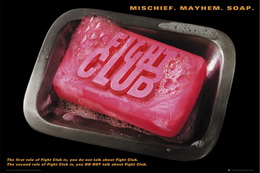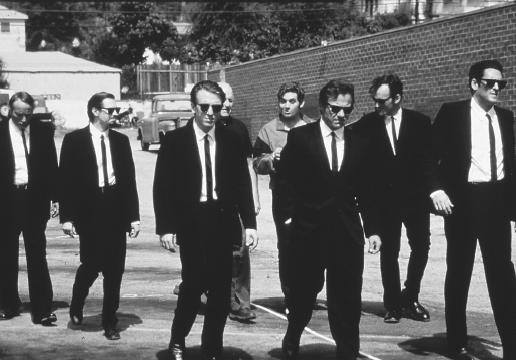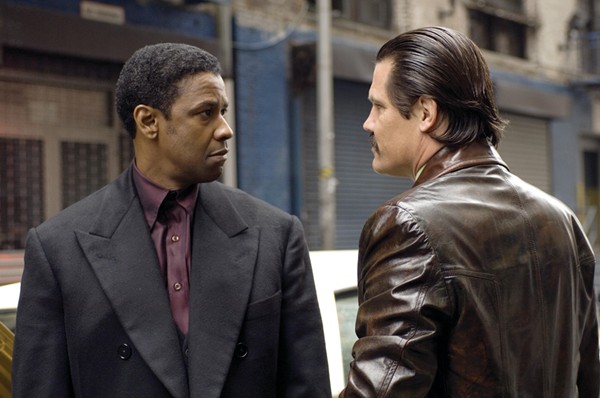It is extremely difficult to compare Fight Club to other films because it is a unique combination of so many different genres, as well as types of cool. Fight Club is much like Identity (2003) in the fact that the main character in both has some sort of personality disorder. The narrator becomes Tyler Durdan when he blacked out or thinks he’s asleep. In Identity, Malcolm Rivers is a psychotic killer that has multiple personalities that interact with each other in his mind. Whenever one of the murderous characters kills another in his head, he kills someone in real life. The use of personality disorders creates interesting films and makes for tremendous twist endings, like in both of these films. The twist ending is an extremely cool element, but Fight Club is a much cooler film than Identity.
Fight Club obviously has many elements a fight movie. Fight movies are all about the action and the violence. A good example of a typical fight movie is the recently released Fighting. Not one of the greatest movies I’ve ever seen, but some pretty impressive fight scenes. Fighting captures a similar style of bare-knuckle fight scenes that are in Fight Club. The characters in Fighting enter fights for the prize money and for pride, completely different from the men in Fight Club. The thrill and excitement of the fight scenes in both movies is the same even though the surrounding context is not. Pride and money are not noble motives and for that reason Fight Club wins again in the cool contest. David Fincher created a revolutionary film that combined a wide variety of genres and types of cool together with innovative cinematography. Fight Club is modern classic that should be on everyone’s top film list.










 At first glance,
At first glance,





































